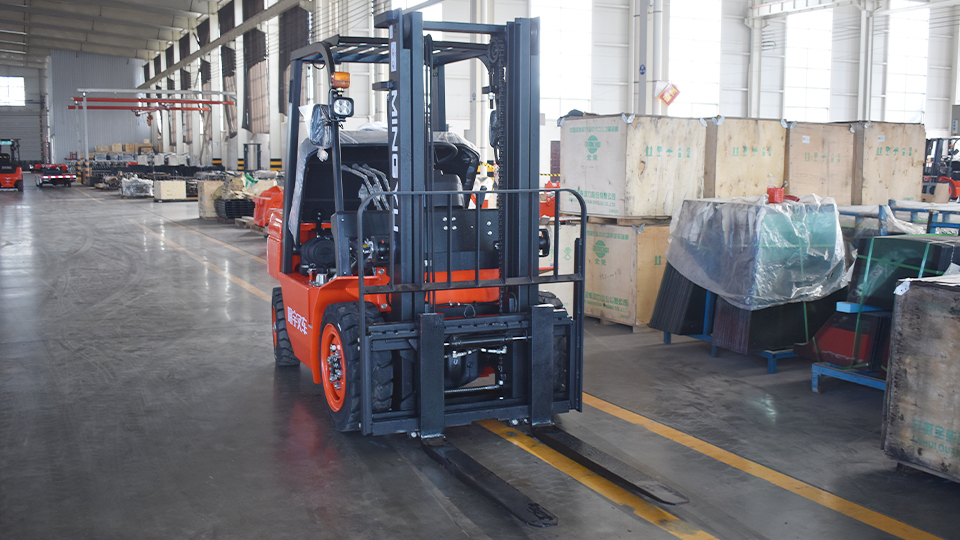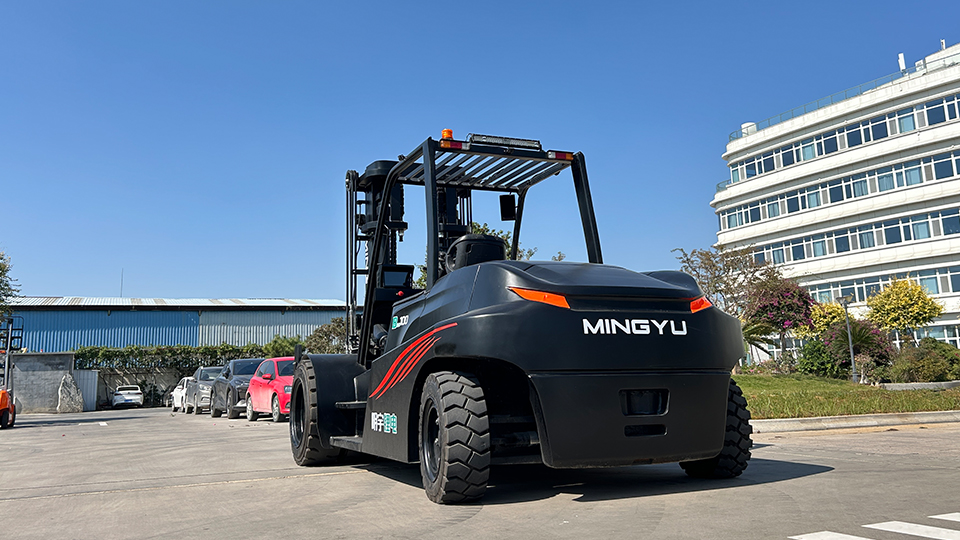
Introduction
Transporting a forklift is a task that requires careful planning and execution to ensure safety and prevent damage. Whether you are moving a forklift to a new worksite or relocating it for maintenance, following the right procedures is crucial. This article provides a comprehensive guide on how to safely transport a forklift in a trailer, covering preparation, loading, securing, and transportation best practices.
Preparing the Forklift for Transport
Before loading the forklift onto the trailer, several preparatory steps must be taken to ensure a smooth and safe transport process.
1. Determine the Forklift’s Weight and Dimensions
Accurate measurements of the forklift’s weight and dimensions are essential to ensure compatibility with the trailer. Check the forklift’s specifications to confirm its weight and dimensions, and verify that the trailer can accommodate these measurements.
2. Inspect the Forklift
Conduct a thorough inspection of the forklift to ensure it is in good working condition. Check for any leaks, damage, or loose components. Place wheel chocks around the forklift to prevent it from rolling during loading.

3. Lower and Position the Forks
Lower the forks to the floor and tilt them forward slightly. This positioning improves stability and prevents unexpected shifts during transit.
Loading the Forklift onto the Trailer
Loading the forklift correctly is crucial for maintaining balance and preventing accidents during transport.
1. Choose the Right Trailer
Select a trailer that is appropriate for the forklift’s size and weight. Common trailer options include flatbed trailers, step deck trailers, and removable gooseneck (RGN) trailers. Each type has its advantages, so choose based on the forklift’s dimensions and the transport route.
2. Use Ramps or Ground-Level Loading
If using a flatbed or step deck trailer, ensure that the ramps are rated for the forklift’s weight. Drive the forklift slowly and evenly up the ramp, with a spotter guiding the operator for precision and safety. For RGN trailers, position the forklift to drive directly onto the trailer at ground level, reducing the risk of accidents associated with ramps.
3. Drive the Forklift onto the Trailer
Drive the forklift onto the trailer in reverse, ensuring the forks are pointing away from the transport vehicle. This positioning helps to guarantee safer and more efficient loading and unloading.
Securing the Forklift for Transport
Properly securing the forklift is one of the most critical steps in the transport process. Improper securing can lead to accidents, damage to the forklift, and even injuries.
1. Center the Forklift
Ensure the forklift is centered on the trailer for even weight distribution. This helps maintain balance during transit and prevents tipping.
2. Use Heavy-Duty Chains and Straps
Secure the forklift using heavy-duty chains and straps. Attach the chains to designated anchor points on both the forklift and the trailer. Use at least two chains or come-alongs for each anchor point to ensure stability.
3. Block the Wheels
Place wooden blocks or wheel chocks behind each wheel of the forklift to provide additional stability and prevent rolling.
4. Disconnect the Fuel Supply
For propane-powered forklifts, disconnect the propane tank before departing. For gasoline- or diesel-powered forklifts, ensure the fuel tank is tightly fastened to avoid potential fuel spills. Disconnect the battery terminal to prevent electrical arcing.
Transporting the Forklift
Once the forklift is securely loaded and fastened, the next step is to transport it to the destination.
1. Plan the Route
Choose the safest and most efficient route, accounting for bridge clearances and road restrictions. Avoid routes with low overpasses if the forklift’s height exceeds the clearance.
2. Monitor the Shipment
Utilize GPS tracking to monitor the shipment’s progress. Drivers should perform routine checks to ensure securement remains intact during the journey.

Unloading the Forklift
Upon arrival at the destination, follow these steps to safely unload the forklift.
1. Position the Trailer
Park the trailer on flat, stable ground to prevent movement. Ensure the area is clear of obstacles and pedestrians.
2. Remove Securements
Carefully detach the chains and straps without rushing. Have a spotter guide the operator to ensure a smooth descent from the trailer.
3. Drive Off Slowly
Drive the forklift off the trailer slowly, maintaining control and following the spotter’s guidance.
Additional Considerations
Legal Regulations and Compliance
Familiarize yourself with local and state transportation laws to avoid potential fines and penalties. Ensure that all safety regulations are followed during the transport process.
Insurance and Liability Factors
Ensure that your insurance policy covers the specific requirements for transporting heavy machinery. Consider liability factors and obtain adequate coverage to protect against any unforeseen incidents during transit.
Conclusion
Transporting a forklift in a trailer requires careful planning, preparation, and adherence to safety protocols. By following the steps outlined in this article, you can ensure that the forklift is safely loaded, secured, and transported to its destination. Prioritizing safety not only protects the forklift and the trailer but also ensures the well-being of everyone involved in the transport process. Always plan ahead, use the right equipment, and follow best practices to make forklift transport as smooth and safe as possible
Name: selena
Mobile:+86-13176910558
Tel:+86-0535-2090977
Whatsapp:8613181602336
Email:vip@mingyuforklift.com
Add:Xiaqiu Town, Laizhou, Yantai City, Shandong Province, China